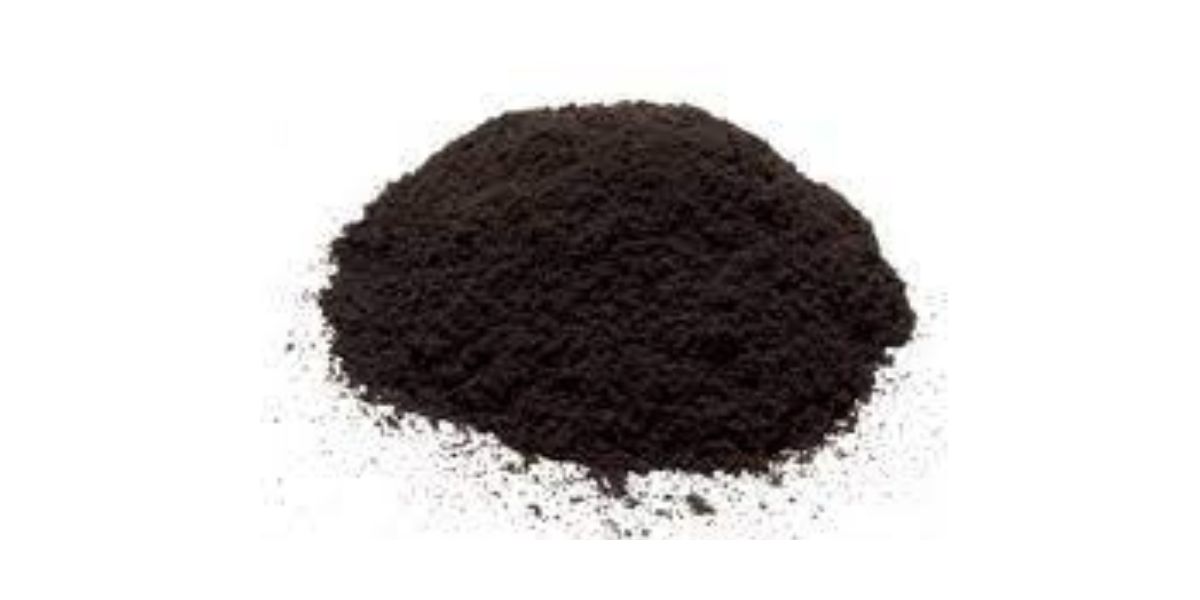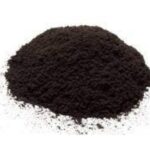Mercury acetate—a common name for mercuric acetate, often represented as Hg(OAc)₂—is a mercury-based compound widely used in diverse industrial and laboratory applications. Offered in solution form at 20 % concentration (by weight), this high-purity mercuric acetate solution contains mercury at 12.6 % in the form of Hg(OAc)₂. You can check the product availability and specifications here: Mercury acetate.
This article delves into the chemical identity, methods of preparation, key properties, common applications, and critical safety precautions pertaining to mercury acetate.
Chemical Identity & Structure
-
Chemical Name & Formula
Mercury acetate, also known as mercuric acetate, features mercury in the +II oxidation state, bound to two acetate groups, with the chemical formula Hg(CH₃COO)₂ or Hg(OAc)₂. -
Physical Appearance & Form
Typically encountered as a colorless to pale yellow—or slightly brownish—solid or solution. The 20 % solution is a clear, aqueous medium containing dissolved Hg(OAc)₂ at high purity. -
Molecular Characteristics
-
Molar Mass: Approximately 361.6 g/mol (mercury’s high atomic weight contributes significantly).
-
Solubility: It’s soluble in water and polar organic solvents such as ethanol and acetic acid, enabling flexibility in various chemical processes.
-
Synthesis & Preparation
Mercury acetate is generally prepared by reacting elemental mercury or mercury(II) oxide with acetic acid. A simplified laboratory synthesis may proceed as follows:
-
Starting Materials: Metallic mercury or HgO (mercury(II) oxide) and glacial acetic acid.
-
Reaction: Dissolution and reaction under gentle heating produce mercuric acetate:
-
Hg + 2 CH₃COOH → Hg(CH₃COO)₂ + H₂
-
Or alternatingly, HgO + 2 CH₃COOH → Hg(CH₃COO)₂ + H₂O
-
-
Purification: The resulting solution can be concentrated or crystallized under controlled temperature to obtain the solid or diluted to a 20 % solution, as offered in the product link.
Physical & Chemical Properties
| Property | Description |
|---|---|
| Appearance | Colorless to pale yellow or light brown solution or solid form |
| Solubility | Soluble in water, ethanol, and acetic acid |
| Stability | Stable in dry, cool conditions; sensitive to light and heat when in moist environments |
| Reactivity | Reacts with bases, thiols, and sulfur-containing compounds; may slowly decompose releasing acetic acid and volatile mercury species |
Industrial & Laboratory Applications
1. Organic Synthesis & Catalysis
Mercury acetate is a key reagent in various organic transformations, including:
-
Kucherov reaction: Hydration of alkynes to ketones (especially in acetylene chemistry).
-
Electrophilic addition reactions where Hg(OAc)₂ acts as a Lewis acid or activating agent.
-
Catalytic cycles or stoichiometric roles in niche syntheses.
2. Analytical Chemistry
-
Serves in qualitative tests or titrations involving thiol or sulfide detection due to its affinity for sulfur-containing moieties.
-
Utilized in the volatilization of mercury for analytical quantification in environmental or industrial monitoring.
3. Biochemical & Research Uses
-
In biosciences, used for protein modification or as an inhibitor of thiol-dependent enzymes (though due to high toxicity, use is highly controlled).
-
Tool in histology or tissue staining protocols for detecting thiol groups or in specialized staining methods.
4. Material Science & Electronics
-
Employed in the synthesis of mercuric oxide nanoparticles or as a precursor in surface coatings, thin films, or mercury-containing composites used in niche electronics or specialized sensors.
5. Educational & Demonstrative Purposes
-
Mercury acetate has historically been used in academic demonstrations of organomercury chemistry or to illustrate heavy-metal reactivity—though ethical and safety concerns limit such use today.
Safety Considerations
Mercury acetate poses significant health and environmental hazards:
-
Toxicity: Highly toxic via inhalation, ingestion, or skin contact. Can lead to acute symptoms such as nausea, neurological disturbances, and kidney dysfunction.
-
Volatility: Particularly when heated or exposed to light, it may release volatile mercury species, increasing inhalation risk.
-
Environmental Impact: Mercury compounds bioaccumulate and persist in ecosystems, causing long-term toxicity in wildlife and humans.
Recommended Safety Measures:
-
Personal Protective Equipment (PPE): Nitrile gloves, safety goggles, lab coat, and access to an eyewash and safety shower.
-
Engineering Controls: Use within a fume hood to prevent inhalation of vapors or aerosols.
-
Storage: Store in sealed, labeled containers, away from heat, light, and incompatible substances (like strong reducing agents or acids).
-
Disposal: Follow local hazardous waste protocols. Never dispose of down the sink or in regular trash.
-
Spill and Exposure Response: Immediate spill kits designed for heavy metals and adherence to occupational health guidelines.
Environmental & Regulatory Considerations
Mercury compounds are strictly regulated globally under treaties like the Minamata Convention on Mercury, aiming to reduce mercury emissions and usage due to its ecological and health risks. Industries handling mercury acetate must comply with:
-
Waste disposal regulations.
-
Exposure monitoring.
-
Reduction and substitution strategies when feasible.
Conclusion
Mercury acetate (Hg(OAc)₂) is a potent and versatile chemical employed across fields such as organic synthesis, analytical chemistry, material science, and specialized research applications. The 20 % solution version, containing 12.6 % mercury, offers a readily usable format for precise laboratory or industrial work. However, the compound’s severe toxicity and environmental persistence mandate rigorous safety protocols, regulatory compliance, and responsible handling.






